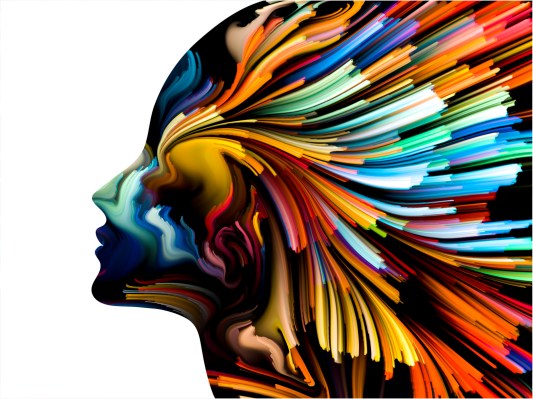There’s way more to human communication than just words. Anytime you connect with someone face-to-face, or through a webcam with FaceTime or Skype, you are adding to the conversation layers of additional meaning and context that simply aren’t possible to convey over the phone; things like sarcasm, exaggeration and hand gestures become amplified.
In the digital world, facial animation is the amplifier of those communications, bringing gestures to life frame-by-frame to tell a bigger story. Historically, this has been a painful process, requiring artists to redraw animations 24 frames per second to painstakingly capture the full range of emotions.
And even these arduous tasks have only been accessible to those with immense amounts of time, powerful workstations and high-end software. From cartoons and video games to feature-length films and classroom learning, we consume animation in many forms — but very few artists can dedicate the time needed to develop quality content and keep pace with the rate we consume it.
However, the latest developments in character animation have been truly significant. A new, more accessible world of capturing nuanced facial expressions has come to the forefront with companies like FaceShift and ImageMetrics accomplishing this with nothing more than a 3D camera and webcam, respectively. Advances like these in motion-capture technology indicate that we are heading toward a democratization of animation that will open these capabilities to a much larger group of students and modern creatives.
Humans are innately creative and eager to tell stories creatively.
Just a few years ago, consumers were introduced to technology that changed the way we interact with our video game systems. As any user of a Nintendo Wii or Kinect will tell you, the interaction is vastly different from the abstract controllers of yesteryear, and created an incredible amount of excitement. Instead of pressing a single button to swing a tennis racket, you actually go through the full motion of swinging. Instead of learning the set of buttons, you simply interact with the game system as if you were experiencing the activity live.
Put differently, the technology advanced gaming system is reading your movements, anticipating your desired outcome and translating that on-screen. Animation fueled with face-capture technology is taking the same approach. Instead of requiring an animator to communicate complex human emotions in a series of snapshots strung together, they can simply use a tool like CrazyTalk to perform the emotions live or interact with DAZ 3D to manipulate detailed 3D models, capturing a full range of expressions for quick translation into incredible animations — effectively changing the way modern creatives tell stories.
While some in Hollywood have been using performance capture for a while (the filmmakers behind The Curious Case of Benjamin Button for example), there is a demand for the same capabilities becoming accessible to anyone with a webcam. A simple recording of your facial movements — eyes, mouth, head angle and more — can be the basis of creating recorded animations with characters just as it has with motion capture in our new video game systems.
And although better access to animation will open it up to a larger group of creative students, this does not mean that our best animators will be losing work to amateurs. Instead, it means the experienced professionals will be able to use these developments to save countless hours of keyframing and devote more time to perfecting their work.
The implications of this development are huge — humans are innately creative and eager to tell stories creatively, and an avenue for expression can open those doors. Can we fuel more storytellers by allowing them to easily tell stories not only with their own face but also with any character they can dream up? Will we be able to more creatively educate children with characters with whom they are excited to connect? Or can we inspire them to create their own characters?
I look forward to seeing what the next generation of storytellers comes up with when given new ways to reimagine creativity.
